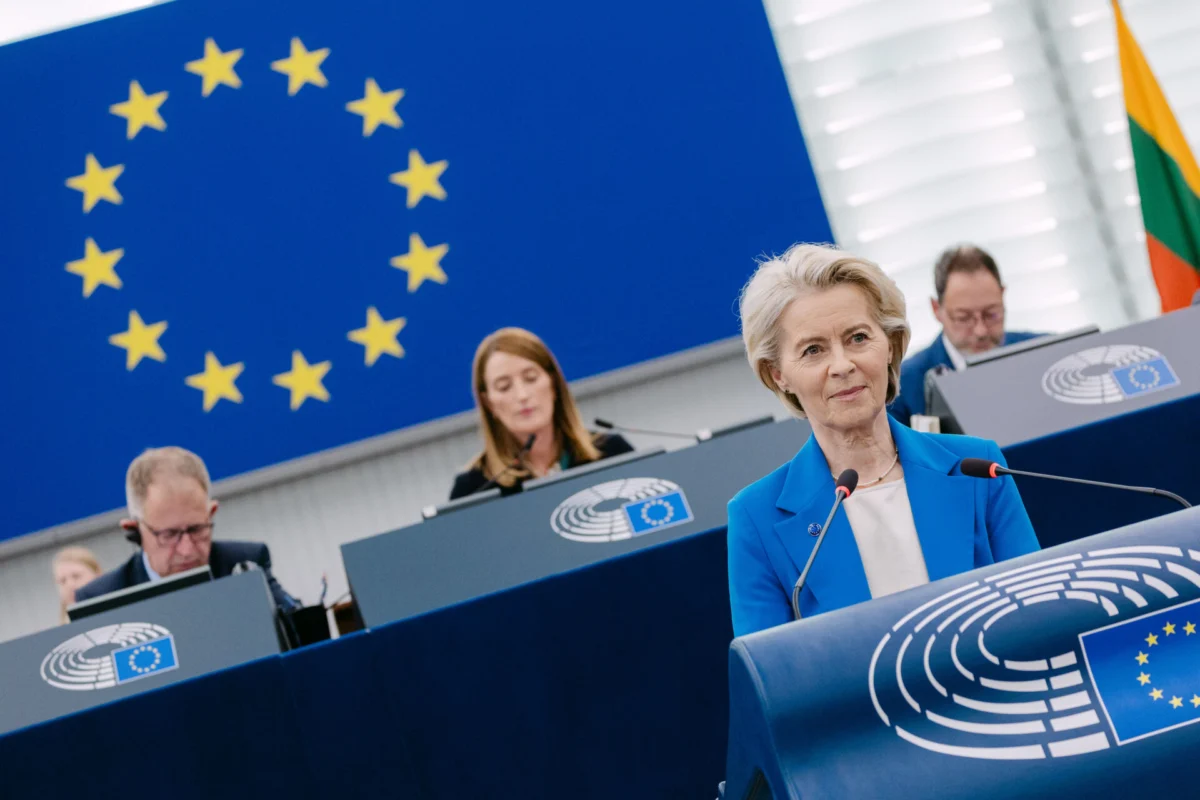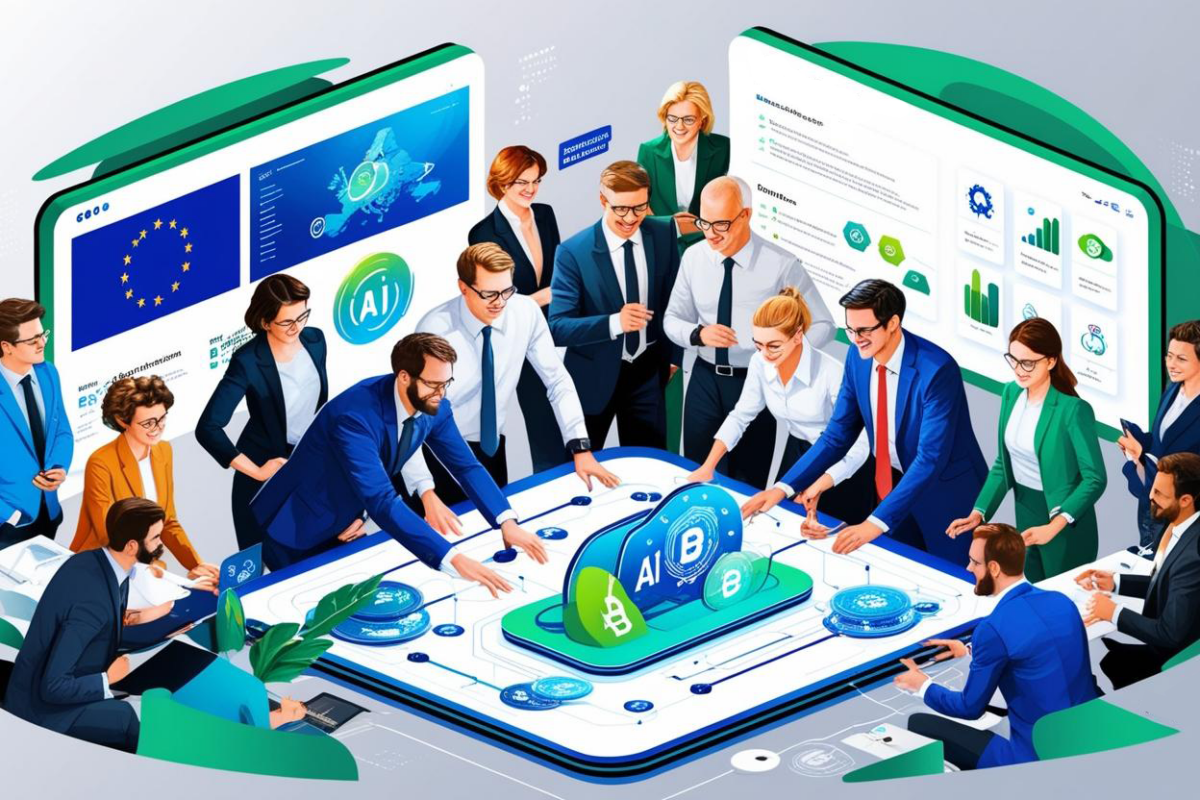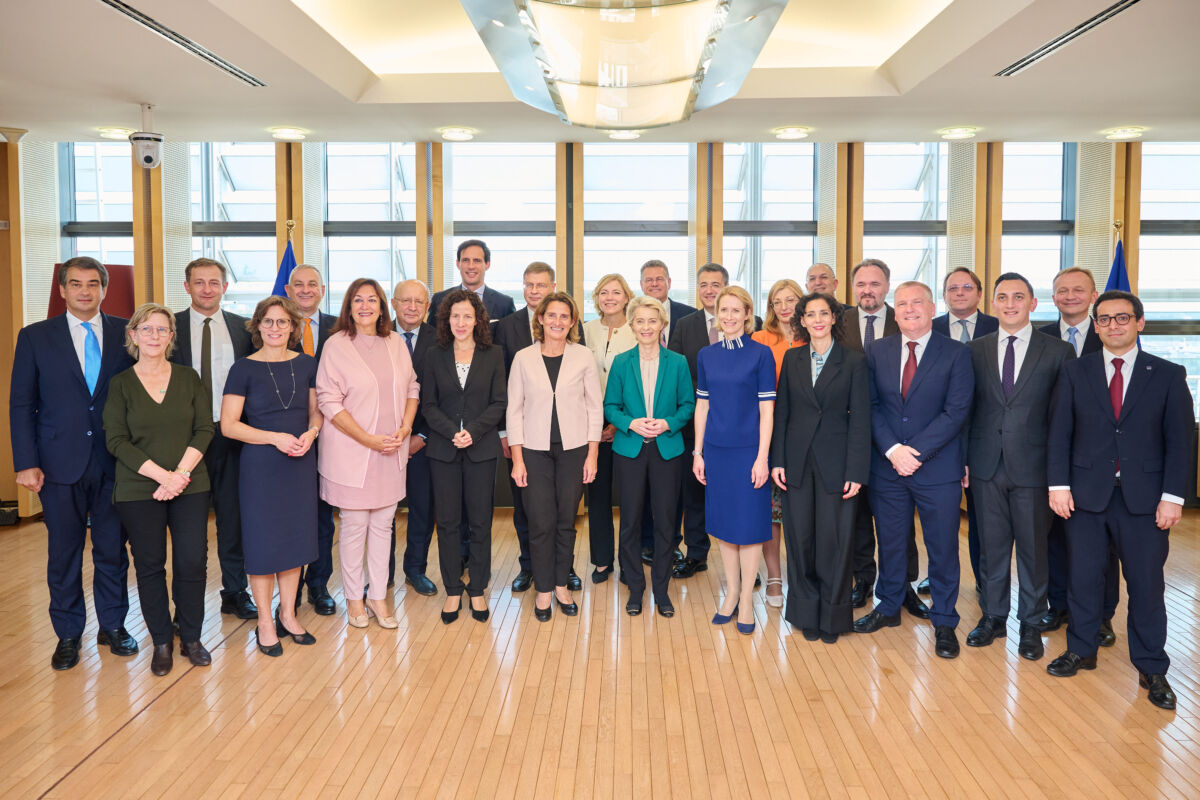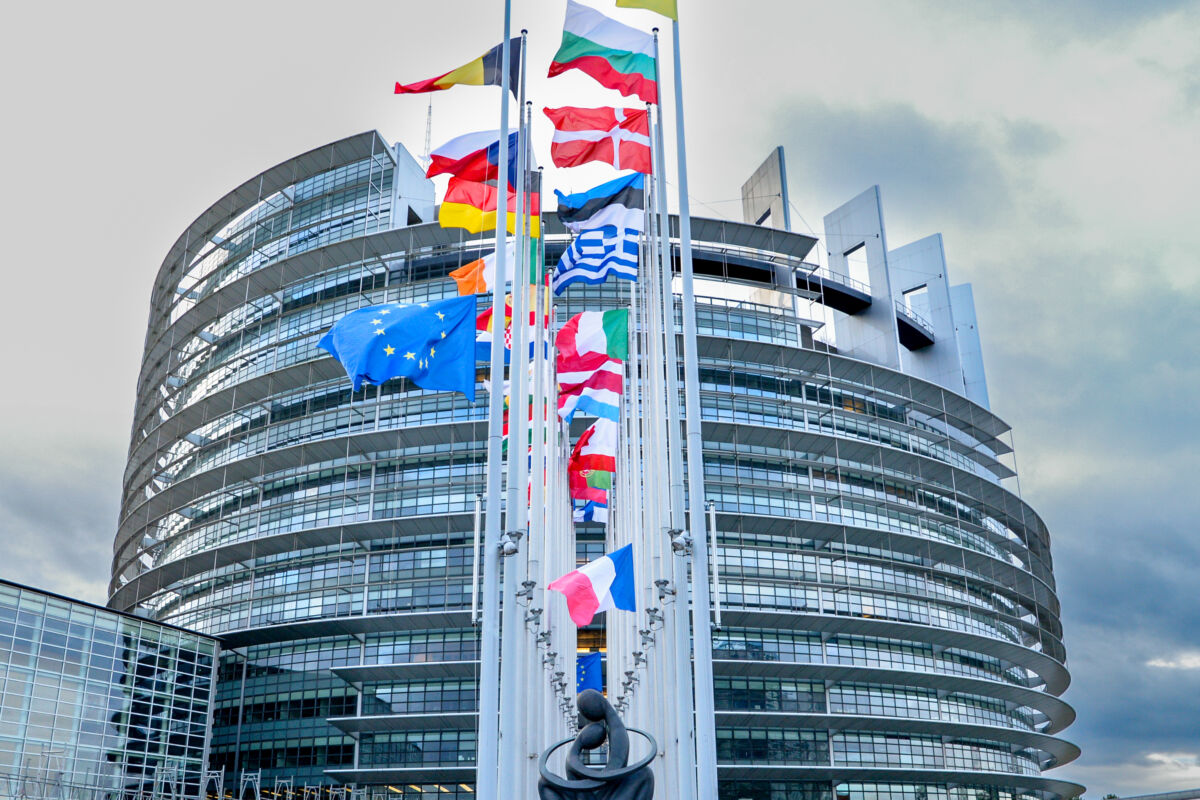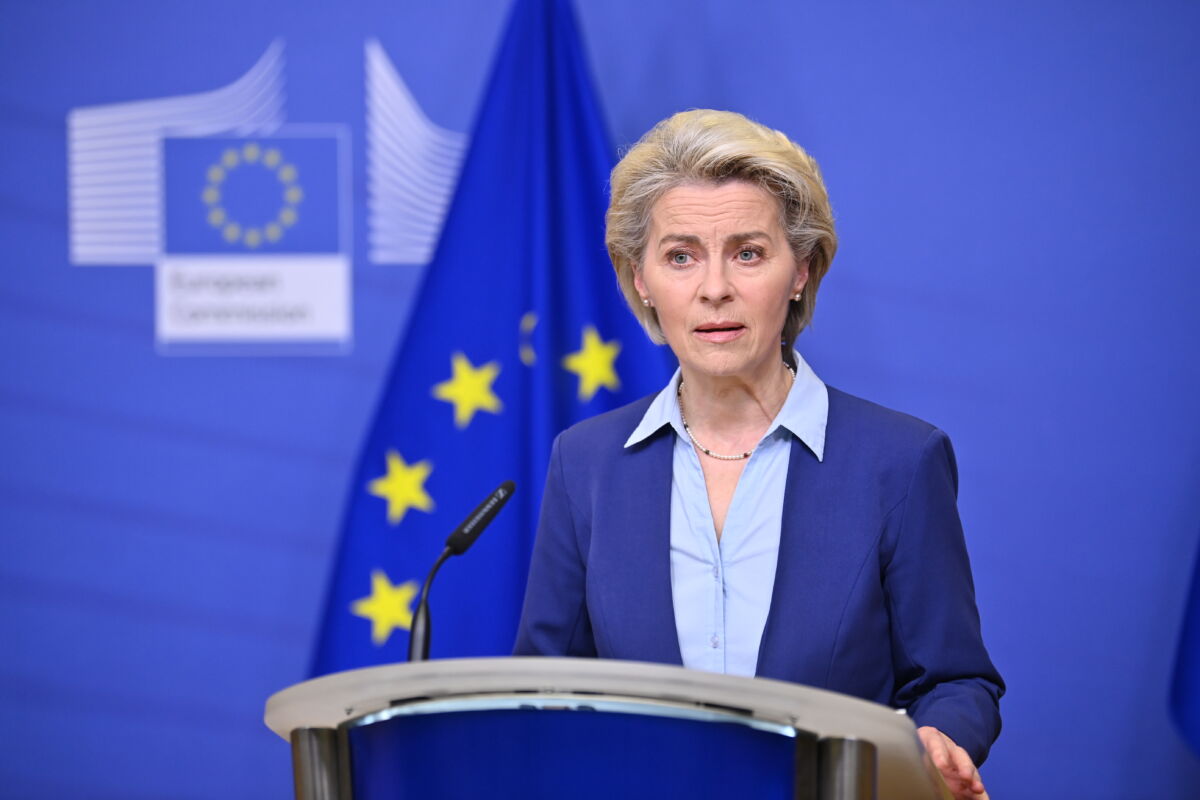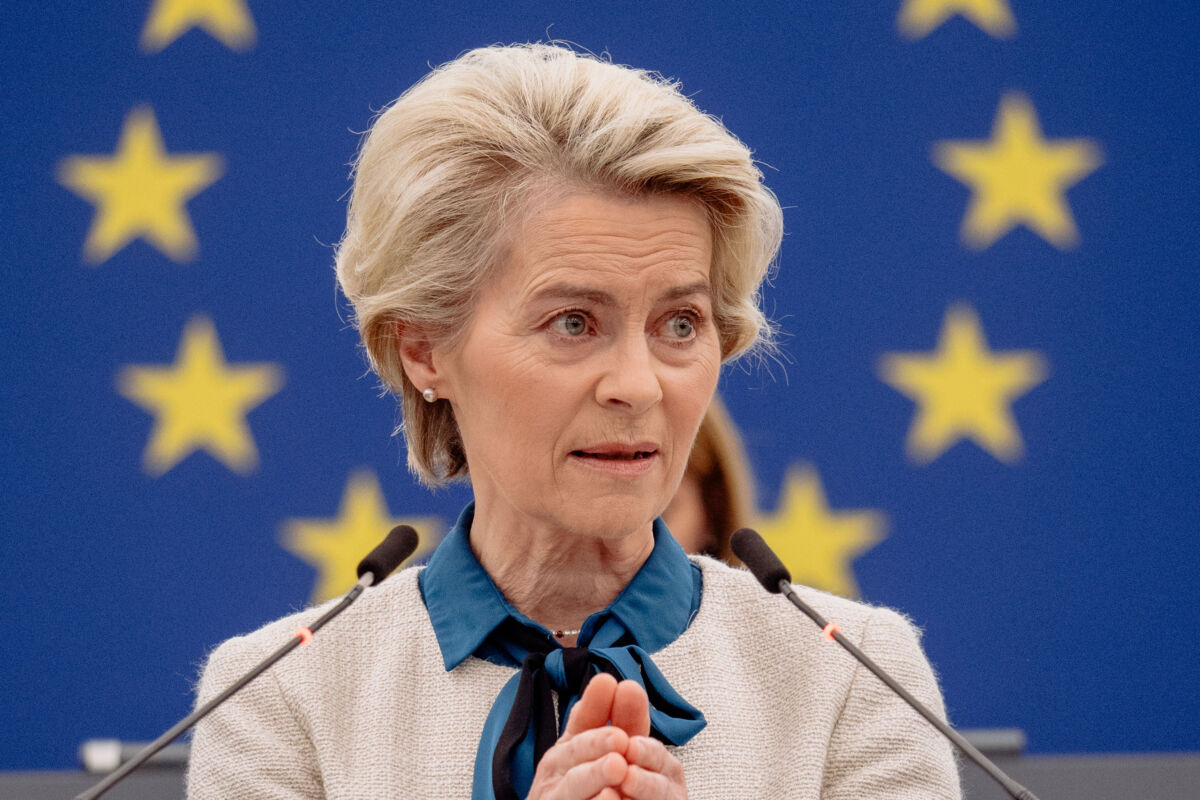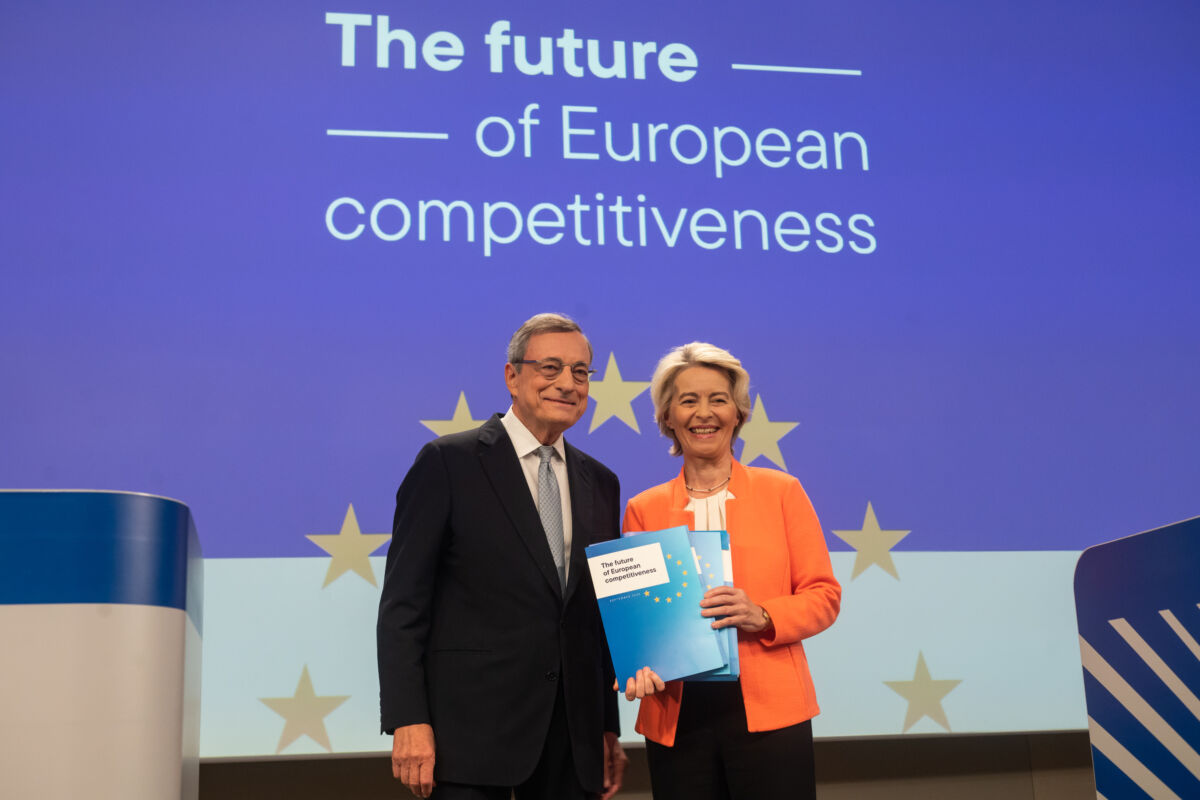Digital is reshaping all aspects of society, including the way public administrations work with one another and how public services are delivered. The potential of the data economy for the EU is significant: in 2016, it was worth almost €300 billion, i.e. about 2% of the EU28 GDP; by 2020, it is expected to be over €700 billion. The digitalisation of public services plays a critical part: it generates cost savings for taxpayers and businesses alike, fosters transparency, and facilitates interactions between public administrations, businesses and citizens. Recent developments are encouraging: an increasing number of government services in EU member states are offered online and, overall, 64% of EU citizens opt for online services, a growing share in comparison to previous years, according to the Digital Economy and Society Index 2019.
While these trends show that public administrations in the EU are implementing digital solutions to streamline their operations, delivering EU-wide eGovernment services as part of a Digital Single Market requires interaction between administrations and the provision of cross-border and cross-sectoral public services. For this, interoperability – the ability of systems to communicate with each other – is key. To promote an EU approach to enhancing interoperability, the Commission has been running a dedicated spending programme: ISA2 – Interoperability solutions for public administrations, businesses and citizens. CEPS has recently conducted an interim evaluation of the programme, outlining the main contributions of ISA2 and making policy recommendations for future action.
The ISA2 programme was launched in 2016 for a duration of five years with a total budget of around €131 million, as a follow-up to a series of EU programmes on interoperability originally started in 1995. The programme is composed of multiple actions developing solutions that target the four levels of interoperability (legal, organisational, semantic and technical) and different policy areas (from public procurement to EU citizens’ initiatives).
In 2019, the 54 actions of the programme aim to enhance the way public administrations in the EU communicate with one another and how they interact with citizens and businesses as end users of public services.
Main takeaways from the interim evaluation
The interim evaluation analysed the performance of ISA2 from several perspectives: the relevance of the programme in an ever-evolving digital environment, the effectiveness and efficiency of the activities rolled out, the coherence of the programme and its synergies with other initiatives, its EU added value, and the general utility and sustainability of the programme.
The level of success of ISA2, on the multiple dimensions mentioned above, largely depends on the uptake of the solutions developed – a higher uptake leads to efficiency gains, a satisfied network of users who see their interoperability needs met, reduced redundancy and generally a more unified interoperability landscape at the EU level. Some ISA2 solutions have proved themselves. By way of example, the different vocabularies[1] developed provide harmonised models to describe data recorded by public administrations, and are already facilitating cross-border exchanges and addressing multilingual challenges in the EU. There are multiple instances of reuse and uptake of these vocabularies by administrations at the EU, national and regional level. For instance, the open data portals of the EU and of several member states rely on specifications developed under ISA2 and national public administrations are using the ISA2 models to describe and harmonise their public service data. Furthermore, some of the models are being discussed in the W3C standardisation forum,[2] showing their potential for being established as international standards. Other solutions target users beyond public administrations themselves, such as EUSurvey, an open-source, free-of-charge platform ready for use in all official languages of the Union, which saw over 17,000 surveys being created between 2016 and 2018.
While the appeal of openly available solutions is clear, public administrations need time to integrate them into their operations. This means that take-up rates tend to be higher for more mature solutions and that take-up of ISA2 solutions will rise over time, thus improving the way solutions meet user needs and, in turn, increasing overall user satisfaction.
Looking at the broader policies in the field, ISA2, as an enabler of digitalisation, contributes to the Digital Single Market Strategy and many other eGovernment initiatives at the EU level. Most notably, its solutions are developed around key principles such as user-centricity, once-only, and interoperability-by-default, to which member states have committed through the Tallinn Declaration on eGovernment. The effectiveness of these solutions is enhanced through synergy with other EU programmes, such as the Connecting Europe Facility (CEF), a funding programme that provides support to the cross-border interaction between the digital services infrastructures of member states, and the Structural Reform Support Programme (SRSP), which supports national IT capacity building.
The way ahead
Overall, the evaluation emphasised the crucial role played by ISA2 in enhancing interoperability in the EU. ISA2 is set to end in December 2020 but, considering the importance of interoperability for the development of the digital economy, the activities of the European Commission in this arena will most likely continue. In fact, a Commission proposal for the first pan-European programme on digital issues – the Digital Europe Programme – will most likely be included in the 2021-2027 multiannual financial framework. A budget of €9.2 billion is envisaged for a programme that would cover interoperability issues among other aspects such as cybersecurity, AI, and digital skills.
With more than a year left of the ISA2 programme and ambitious plans for the next multiannual financial framework, the interim evaluation outlined key recommendations to improve the performance of the programme and shape future EU actions on interoperability. For instance, an increased focus on sharing best practices among public administrations coupled with enhanced promotion of solutions would increase awareness about the potential benefits stemming from ISA2 and foster the uptake of its solutions. To ensure that opportunities are not missed, ISA2 and follow-up programmes could perform studies to analyse what impact new ICT developments could have on interoperability and how these new developments could be best harnessed to improve digital public services.
However, to reap the full benefits of interoperability and achieve a level of digitalised public services that would bolster the Digital Single Market, a deeper, structural change is needed. The answer is a more binding legal framework for interoperability. Such a framework could encompass both a harder approach – conditionalities – and a softer approach under the European Semester. In a system based on conditionalities, funding would be awarded to public administrations contingent upon their use of interoperable solutions. Alternatively, introducing the topic of public administration reform, including digital modernisation, as a key area in the European Semester would ensure that progress is tracked and concrete recommendations are issued for each member state with a view to enhancing cross-border and cross-sectoral interoperability among public administrations in the EU. Only a strong, coordinated EU approach will deliver an interoperable landscape of public services and unleash the full potential of the digital economy.
[1] See, for instance, the solutions developed so far under the SEMIC and Catalogue of services actions.
[2] The World Wide Web Consortium (W3C) is an international community bringing together experts, industry, and the wider public to develop standards for the World Wide Web.









